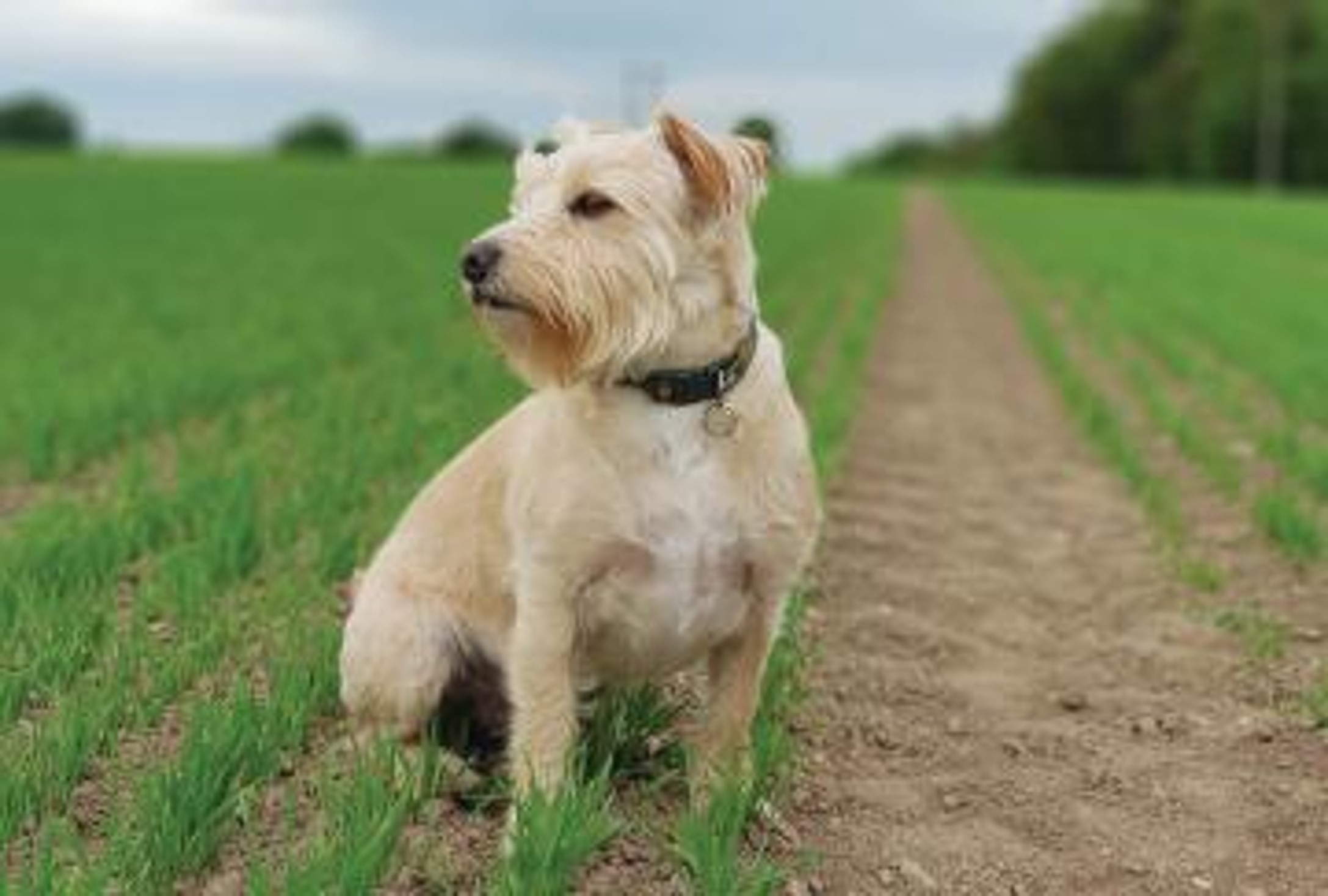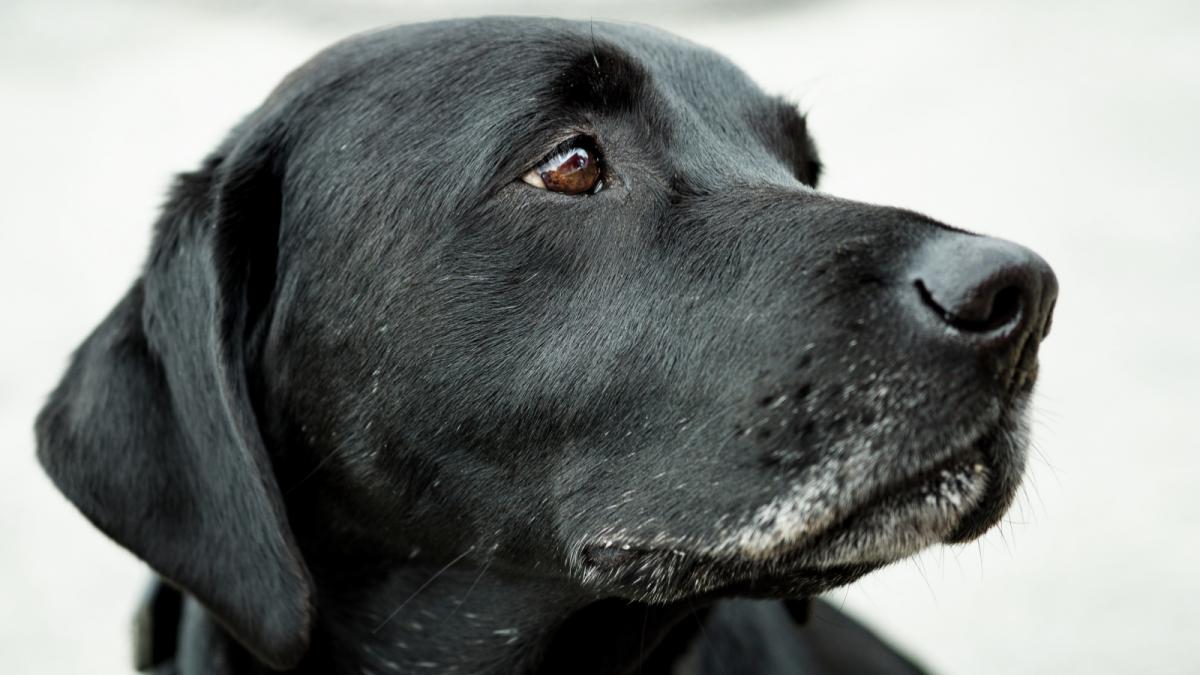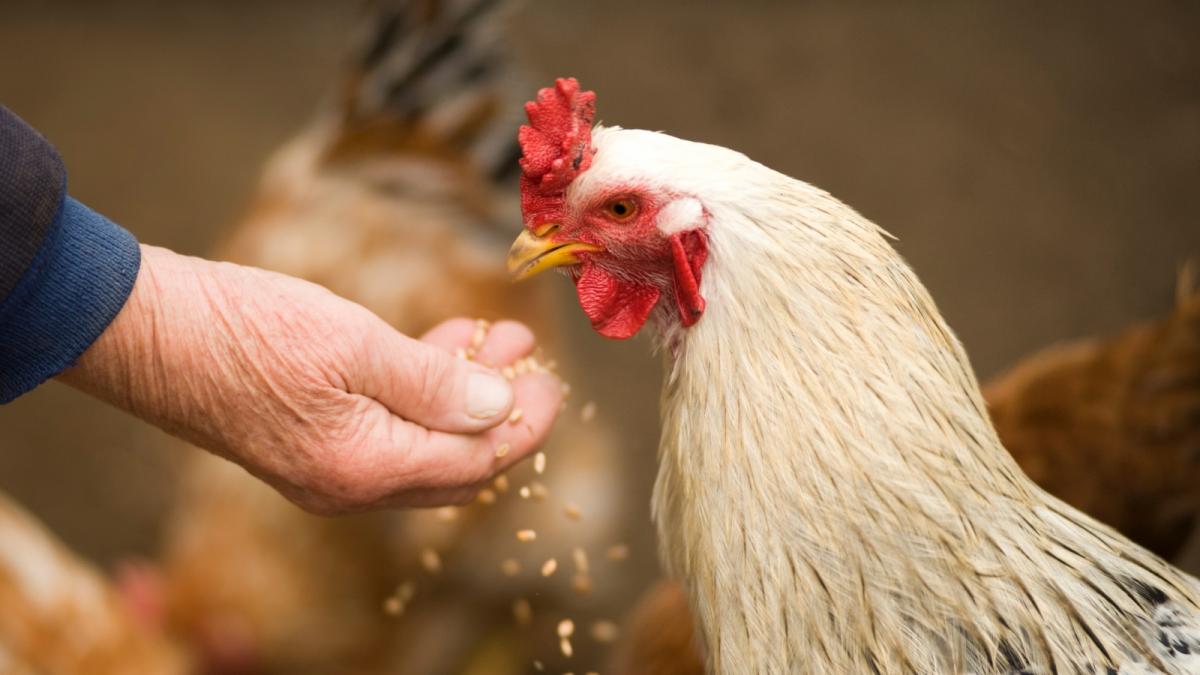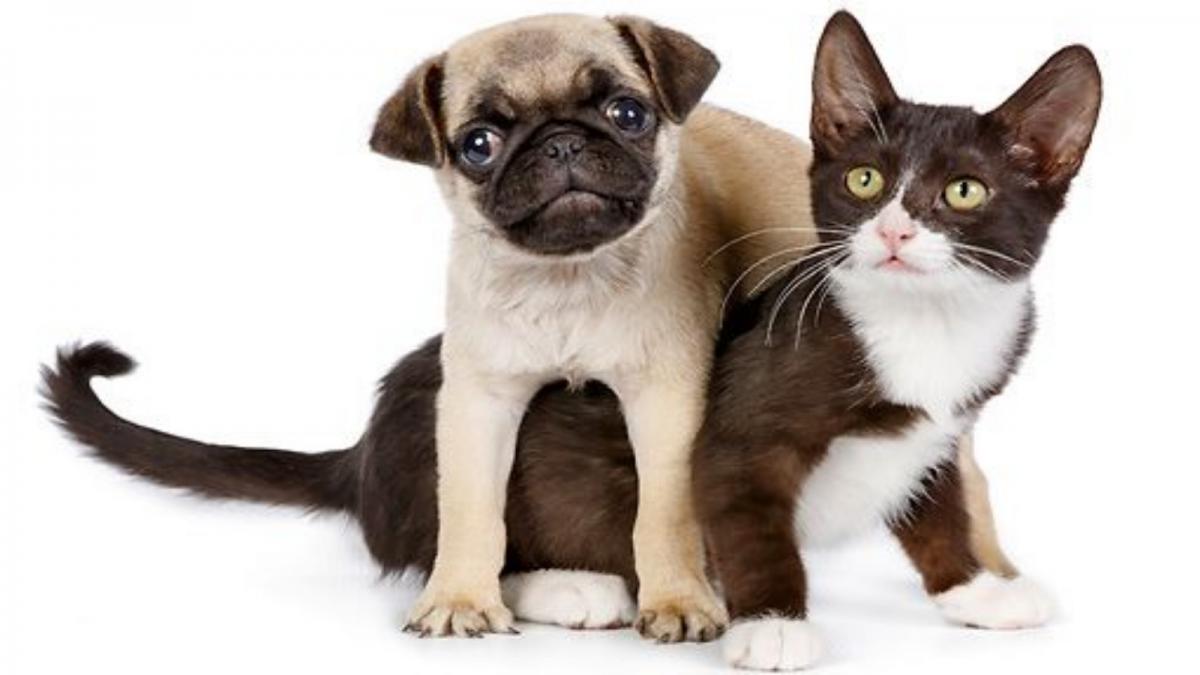Share

Did you know that small quantities of fresh vegetables are exactly the sort of food your pet’s gut will love you for? So what about that leafy green favourite of the 1930’s cartoon character Popeye – Spinach!
Spinach is a superfood for humans. It contains vitamins A, B, C, and K, as well as calcium, iron, fibre, magnesium, folate, and potassium. All that stuff makes it a friend of the immune system, energy levels, and the heart. It also has anti-inflammatory properties.
So does it make good dog food? If properly prepared and used sparingly then spinach can also deliver some nutritional benefits to your dog. The main thing is to serve it bland (i.e. no flavouring added) and easily digestible (finely chop the leaves and lightly steam).
Here’s the rap sheet on some other vegetables you might like to trial:
Carrots – low in calories, high in fibre, and crunching on them is great for your pet’s teeth. They also contain beta-carotene, which helps maintain healthy skin and eye health. Don’t feed if your dog has yeasty ears or skin.
Cucumber – Aside from vitamins K, C, and magnesium, cucumbers contain very little carbohydrates or fats, making them a great pet treat for overweight pets. Cucumber can also help cats and dogs lower blood pressure, plus help freshen their breath.
Green Beans – a good source of protein and iron for cats and dogs, they make a healthy snack for pets needing to downsize.
Lettuce adds water and fibre to a pet’s diet which helps to keep them hydrated and full and it’s a great low-calorie snack. Romaine, Arugula, and Iceberg varieties are the best ones to use. Cut the leaves into very thin slices before placing it on top of their usual food.
Pumpkin – full of fibre and rich in vitamins and minerals pumpkin may help pets suffering from both constipation and diarrhoea.
Courgette – a good source of vitamin C, magnesium and potassium. Grating it on top of their regular food is a good way to incorporate it into their diet and may help protect them from infections, cancer, and cardiovascular diseases.
Are there any vegetables that are bad for your pet? Yes
AVOID onions, garlic, wild mushrooms, avocado – they are all poisonous to pets, and corn is also a common allergen.
Important Preparation Tips:
- Always wash the vegetables well to remove any sprays
- Finely chop your vegetables to make them easy to chew and swallow as pets don’t have the same digestive tract as humans.
- Introduce any new food slowly to your pet’s diet to avoid stomach upsets like vomiting or diarrhoea. Begin with small amounts, and just one type of vegetable at a time so if your pet does have an adverse reaction, it will be easier to identify the problem.
For Gut’s Sake!
Adding vegetables to your pet’s diet can help to ensure they’re getting enough of the essential nutrients they need to stay strong and healthy and boost their immune system.

Another option is to add a teaspoon of DOGGY DAILY or MOGGY DAILY into their wet or dry food bowls. Rich in essential nutrients and tried and tested by our Chief Veterinarian, it’s great for your pet’s gut health and so much more.
Shop for your good for the gut pet supplies online.
Kat and Tom "Ask the Vet" Dr Heidi Ward-McGrath what do when your Dog has sticky eyes...
Kat and Tom "Ask the Vet" Dr Heidi Ward-McGrath (Surgeon, Entrepreneur and Independent Researcher) for her thoughts on a listener question regarding a chicken that has slowed down and is behaving out of character
Kat and Tom "Ask the Vet" Dr Heidi Ward-McGrath (Surgeon, Entrepreneur and Independent Researcher) for her thoughts on genetic conditions with pugs and Dr Heidi answers a listener question about a noisy cat.
Kat and Tom "Ask the Vet" Dr Heidi Ward-McGrath for her tips for a listener who's rabbit won't stop biting...






